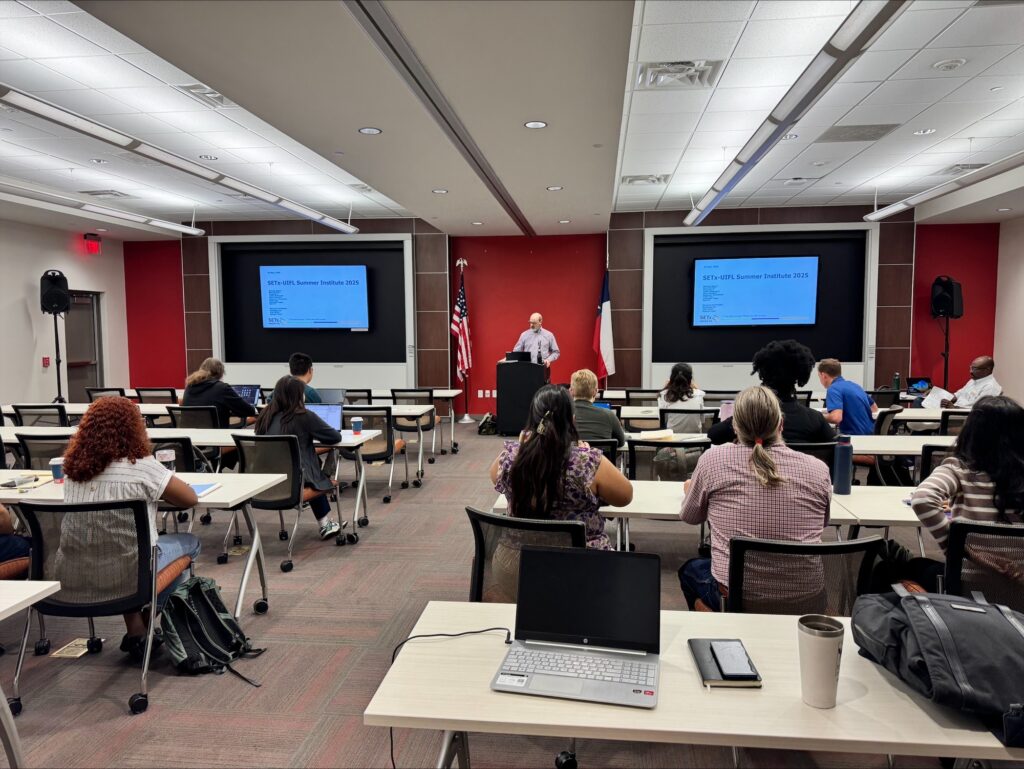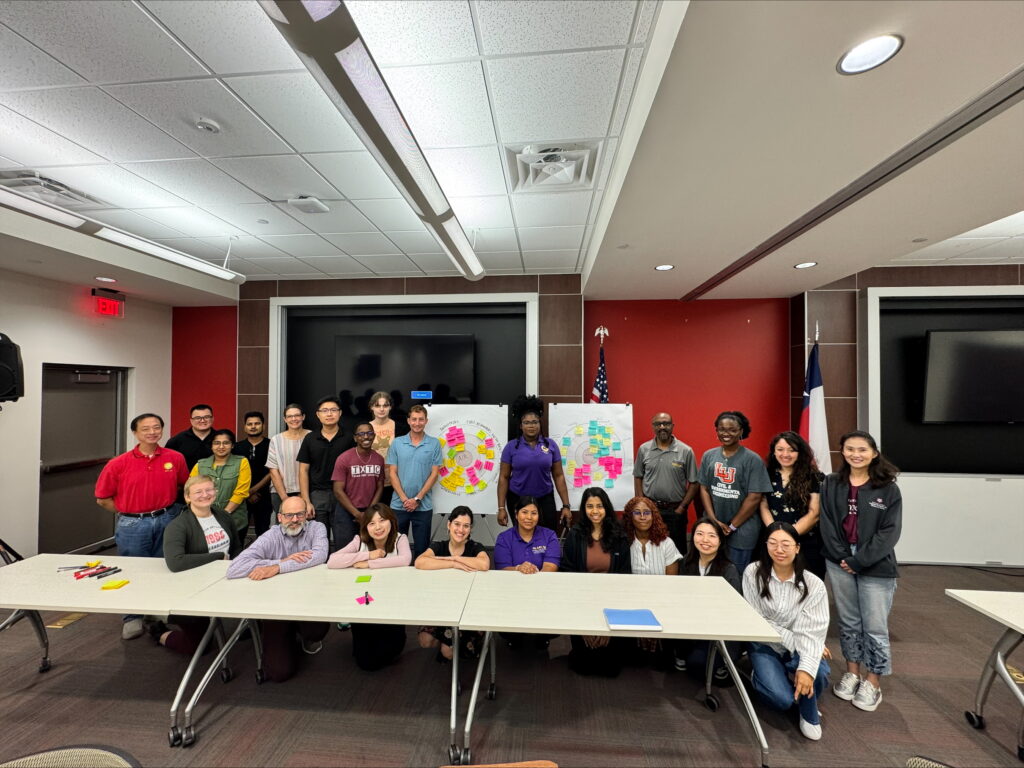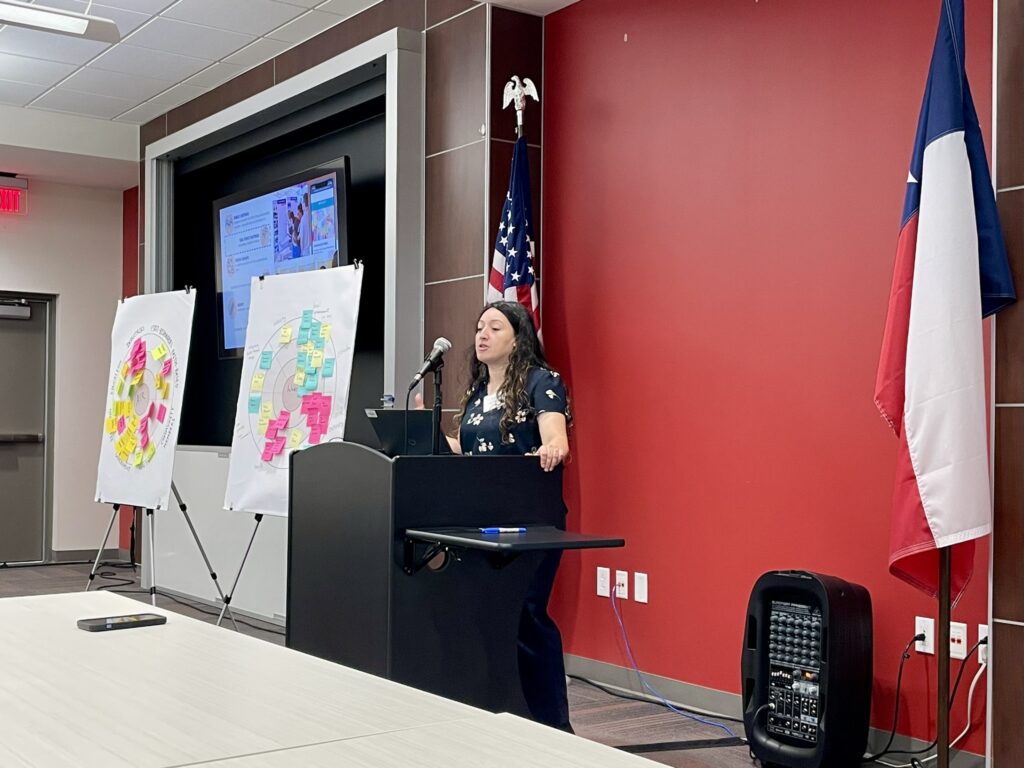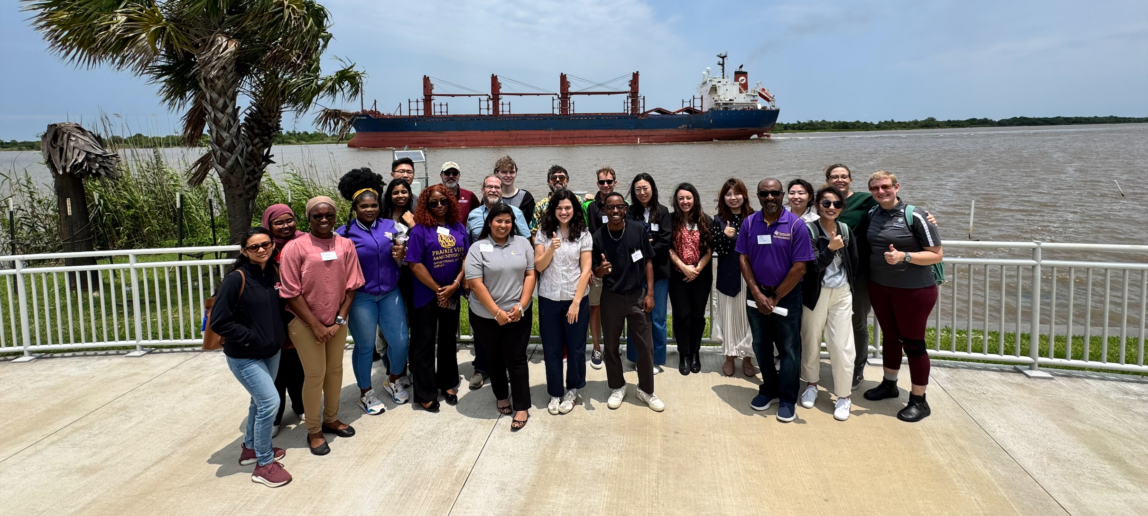Southeast Texas Grant: Community-Driven Research from the Ground Up
Dozens of graduate students from across Texas gathered at Lamar University in Beaumont from May 20 to 22 for the second annual Graduate Student Summer Institute, a hands-on training focused on climate resilience and community-based research.
The event marked a major milestone in the Southeast Texas Urban Integrated Field Lab, a five-year initiative funded by the U.S. Department of Energy to study flooding, air pollution and environmental vulnerability in frontline communities. The project is led by the University of Texas at Austin in collaboration with Texas A&M University, Lamar University, Prairie View A&M University, Oak Ridge National Laboratory and Los Alamos National Laboratory.
At the center of the effort are graduate students, who are being trained not just as scientists and designers, but as collaborators, working directly with residents to find ways to reduce flooding, improve air quality and protect the health and safety of their neighborhoods.

Training Future Leaders Across Disciplines
The Summer Institute offers a different kind of academic experience. Students in engineering, planning, atmospheric science, landscape architecture and sociology came together for three days of interdisciplinary, community-focused learning.
“It has truly opened my eyes to how we collaborate with researchers from different specialties,” said Zhenhang Cai, a Texas A&M graduate researcher who attended the institute.
Throughout the week, students worked in mixed-discipline teams and joined residents on driving tours of flood-prone neighborhoods. They interpreted local air quality data collected by mobile monitors known as “the Sniffer” and practiced participatory mapping with community leaders. They also explored how to measure vulnerability in ways that reflect local experiences — not just national averages.
Teaching a Community-First Approach to Climate Research
“With valuable in-the-field experience, I now have a clearer picture of my air quality and flood mitigation study for Beaumont Port Arthur,” Cai said.
Organizers said the goal is to help students understand what it takes to work across disciplines and with communities on equal footing.
“We want them to see how their piece of the project fits into something bigger,” said Michelle Meyer, a lead organizer and director of the Hazard Reduction and Recovery Center at Texas A&M. “That means talking to people outside their field, listening to local voices and being able to connect their data to real places and lives.”

The institute is part of a broader push to reimagine how climate research is done. Launched in 2022, the Southeast Texas Grant is one of five Urban Integrated Field Labs funded by the Department of Energy nationwide. Each focuses on a U.S. region facing significant climate challenges.
In Southeast Texas, the project centers on flooding, air pollution and the communities living with those overlapping threats every day.
Unlike many research efforts, the Southeast Texas project relies heavily on local input. A task force of residents and community leaders helps shape research questions, review findings and guide decisions. Texas Target Communities, a public service program at Texas A&M, leads engagement efforts on the ground.
Instead of using one-size-fits-all national indicators, the research team is developing new vulnerability measures tailored to the region’s neighborhoods. They are blending flood and air pollution modeling with interviews, participatory mapping and fieldwork.
“It’s about making sure the science reflects what people are actually experiencing,” Meyer said. “We take what residents tell us and bring that back to the models. If people say a neighborhood smells bad or floods often, we ask, ‘Does the data show that too?’”

Looking Ahead
This year’s institute emphasized planning and design. Students explored how adaptation strategies — such as green infrastructure or landscape redesign — could be developed with residents, not just for them. Future workshops will continue building on that work, including co-design sessions with the community in fall 2025 and the development of new planning tools in the years to come.
By the end of the grant, researchers hope to have created a model for community-driven climate science that can be adapted for cities across the country.
For now, the focus remains on Southeast Texas, where graduate students are learning what it means to build resilience and strengthen communities from the ground up.


